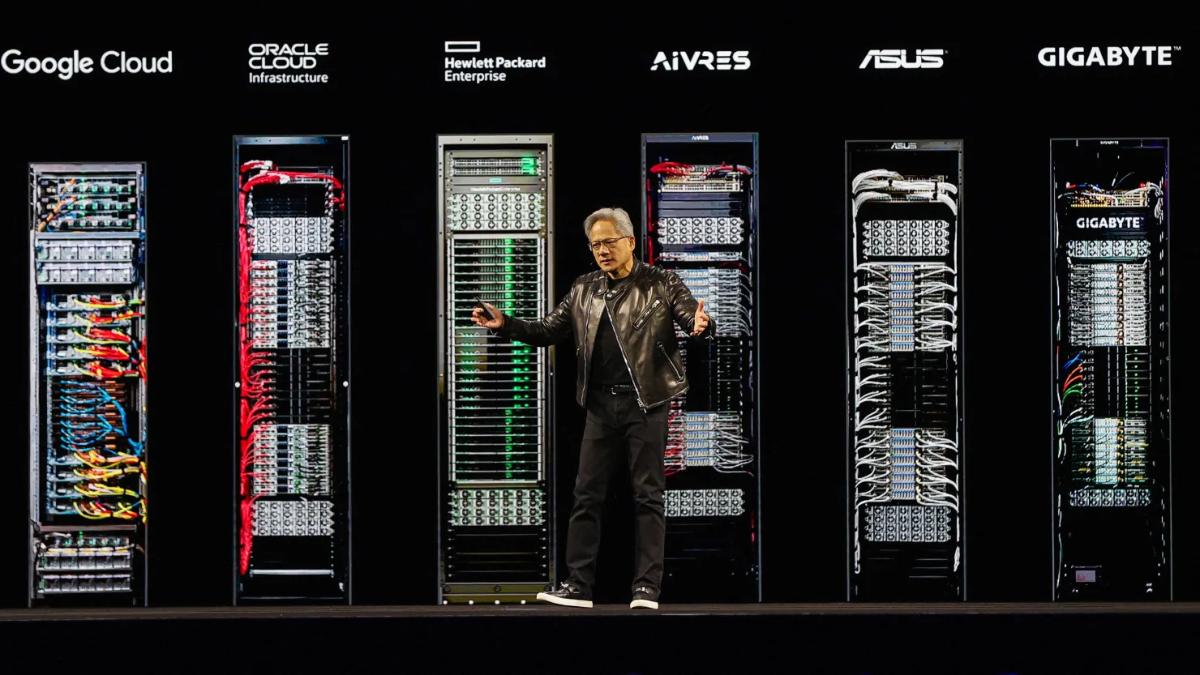The Android One program, launched in 2014 by Google, aimed to provide budget-friendly smartphones featuring stock-like Android with faster updates and minimal bloatware. Initially targeting emerging markets, it offered a clean, efficient Android experience, gaining popularity as it evolved to include a broader range of phones.
Notably, the Xiaomi Mi A1 and Motorola’s Moto X4 became global hits under the program. However, by 2020, the Android One program had significantly declined, with Nokia being the last major player. By 2023, only a single device, the Kyocera Android One S10, was launched, and no new devices have emerged since then.
What Went Wrong?
The decline of the Android One program can be attributed to several factors. As the demand for stock Android became a niche interest, many users were content with devices like Google’s own Pixel range, which also offered a stock-like experience with more consistent updates.
The program’s appeal was further undermined by OEMs like Samsung improving their own custom skins, such as One UI, which balanced user preferences with enhanced functionality. Moreover, manufacturers stopped committing to Android One, as their phones no longer required Google’s certification to deliver the desired software experience.
Should Android One Be Brought Back?
While the Android One program served a valuable role, resurrecting it would likely face challenges. With the rise of alternatives like the Google Pixel and robust custom skins like Samsung’s One UI, the market for stock Android devices has dwindled.
Instead of reviving Android One, there is a stronger argument for reviving the Google Play Edition program, which would focus on timely software updates for a wider range of devices. Such a move could fill the gap left by Android One’s decline, providing Google’s expertise in software updates to OEMs outside of the Pixel lineup.
The Future of Affordable Stock Android
While Google’s initial goal with Android One was to provide affordable devices with a pure Android experience, the landscape has changed.
Today, consumers who desire stock Android can choose from a range of options, including Google’s Pixel A-series phones, which deliver a similar experience without the need for a separate program. Additionally, with many manufacturers now offering software that closely mirrors stock Android, there is less of a need for a dedicated Android One initiative.
The Need for Long-Term Software Support
Perhaps the most crucial takeaway from the Android One program’s rise and fall is the need for reliable software updates. Many Android users struggle with devices that become outdated too quickly.
Google’s Pixel phones are now the gold standard for updates, receiving up to seven years of support. It would be beneficial for non-Pixel devices to also receive similar support, but unless manufacturers commit to longer update periods, programs like Android One won’t regain their former prominence.













